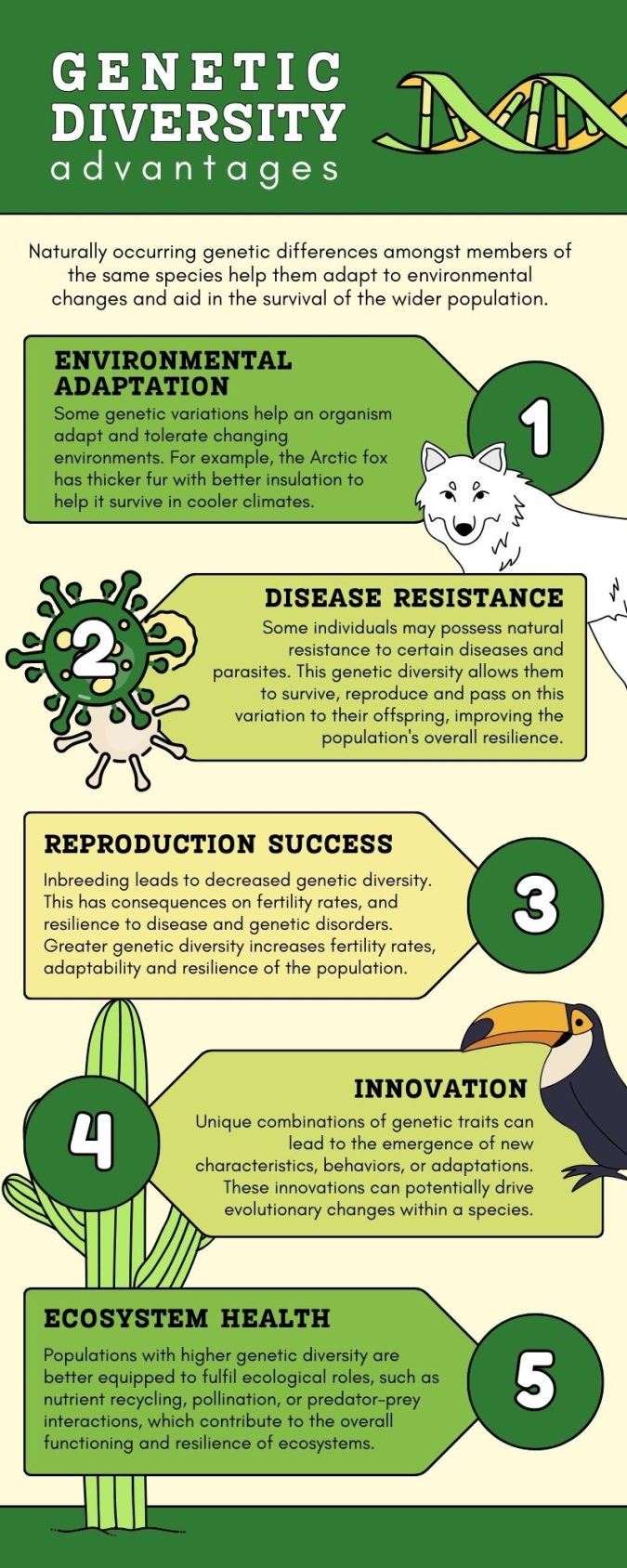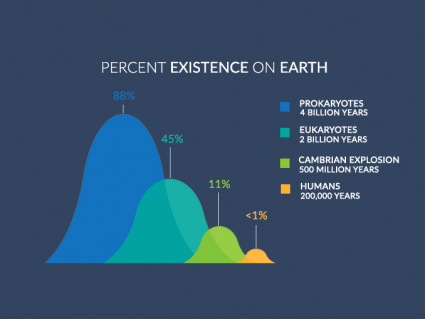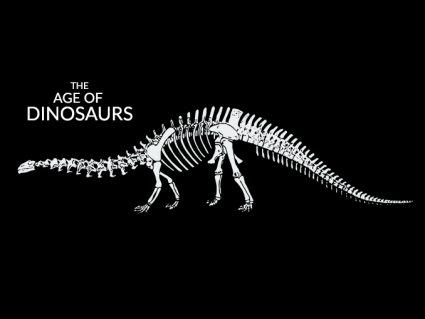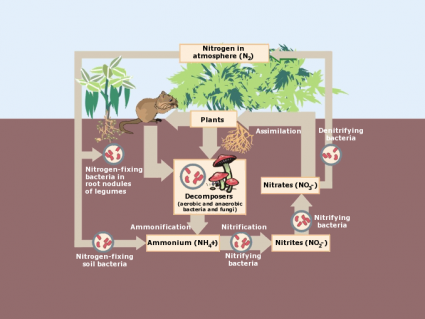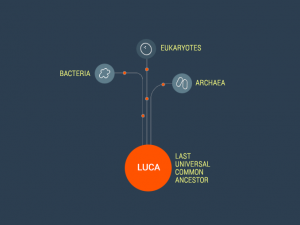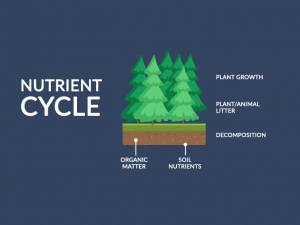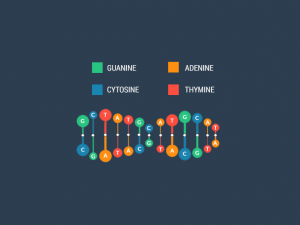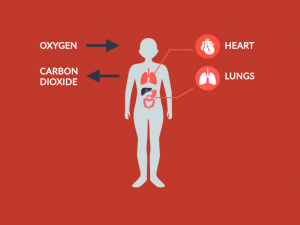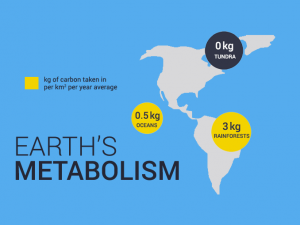Genetic Diversity – Advantages and Disadvantages
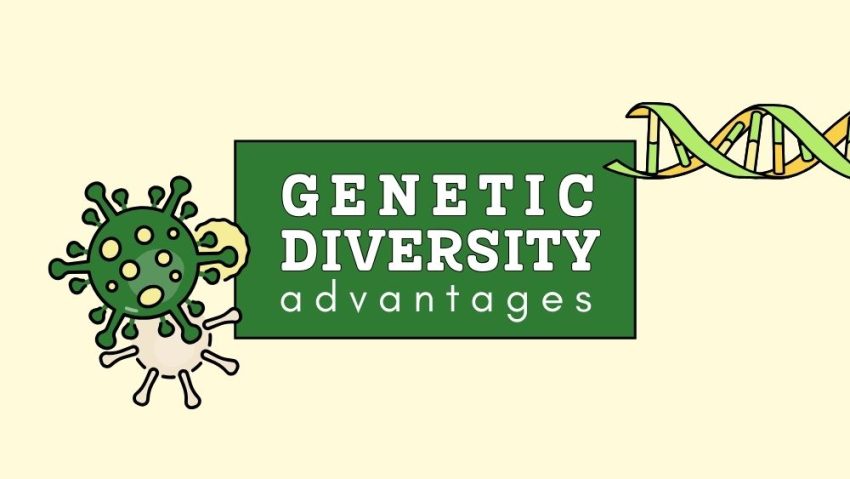
What Is Genetic Diversity?
Genetic diversity is like having a toolbox with lots of different tools. In living things, these tools are the variations in genes.
Having a diverse set of genes helps species adapt and survive, just like having various tools helps you fix different things.
It’s nature’s way of ensuring living things can handle whatever challenges come their way.
What Are the Advantages of Genetic Diversity?
As mentioned already, genetic diversity provides advantages for the survival of species. It acts as a biological toolkit, giving the adaptability needed to survive in changing environments.
But what are the advantages of genetic diversity? Below, we list examples of some of the benefits of having a genetically diverse population.
1. Environmental adaptation
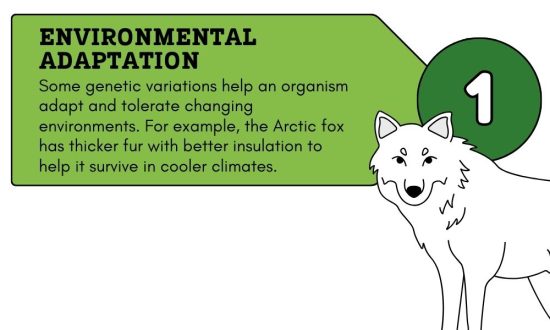
Some genetic variation helps an organism tolerate environmental challenges. For example, the Arctic Fox has thicker fur to help insulate in cooler climates.
This adaptation showcases how specific genetic variations allow organisms to endure their environment better. Imagine a certain plant species (like a cactus) in an arid region. The ones with drought-resistant traits allow them to thrive by conserving water more efficiently.
2. Disease resistance

Some organisms may possess natural resistance to specific diseases and parasites. This genetic diversity acts as a defense mechanism within a population. This creates a barrier against the impact of diseases and parasites.
As these resistant individuals pass on their traits to offspring, it strengthens their overall health. This contributes to the long-term survival and adaptability of the population.
3. Reproduction success

Inbreeding leads to decreased genetic diversity. As a result, genetic diversity diminishes because you are not introducing genetic variation in the species.
Inbreeding depression is the negative consequence of individuals with closely related genetic backgrounds producing offspring. Over time, this can pose risks to the overall health and adaptability of a population.
4. Innovative traits
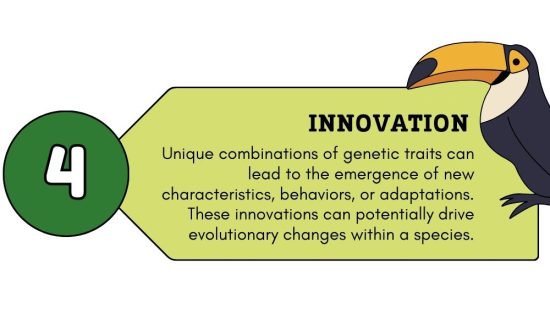
Unique combinations of genetic traits can lead to the emergence of new characteristics and behaviors. These innovations can drive evolutionary change within a species.
An example of this is observed in the evolution of the giraffe. The unique combination of genetic traits led to the elongation of the neck. This allowed giraffes to reach higher foliage so they could adapt to a different ecological niche over time. Check out these plants with superpowers for more ideas.
5. Ecosystem health

Populations with higher genetic diversity are better equipped to fulfill ecological roles. For example, it may include nutrient recycling, pollination, or predator-prey interactions. This contributes to an improved functioning of an ecosystem.
For instance, a diverse population of bees enhances pollination efficiency. Not only does this ensure the reproduction of a wide range of plants, but it also improves the biodiversity within the ecosystem.
Are There Any Disadvantages to Genetic Diversity?
Now, what about the opposite side of the coin? We’ve already listed the advantages. But are there any disadvantages to genetic diversity? Are there any?
While genetic diversity generally helps species survive, too much diversity can possibly lead to challenges.
Here are some examples of challenges:
Difficulty in maintaining a cohesive population
Too much diversity can possibly lead to challenges in maintaining a cohesive population. This is because a wide range of genetic variations makes it challenging to establish shared traits that are beneficial for the overall population.
Imagine a population of plants in a specific ecological niche with too much genetic diversity. Variations in traits such as growth rate, water usage, or nutrient requirements. This increased competition makes it difficult for the plants to establish a shared set of traits conducive to their overall health.
This heightened diversity might result in increased competition for limited resources. This could prevent it from thriving cohesively in its ecological niche.
Balance is key
Balancing genetic diversity is key because too little or too much diversity can both have adverse effects.
Not enough diversity may make a population susceptible to diseases or environmental changes. Whereas too much diversity could lead to increased competition and reduced overall adaptability.
Striking a balance ensures a population has the variability needed for adaptation without compromising its stability.
